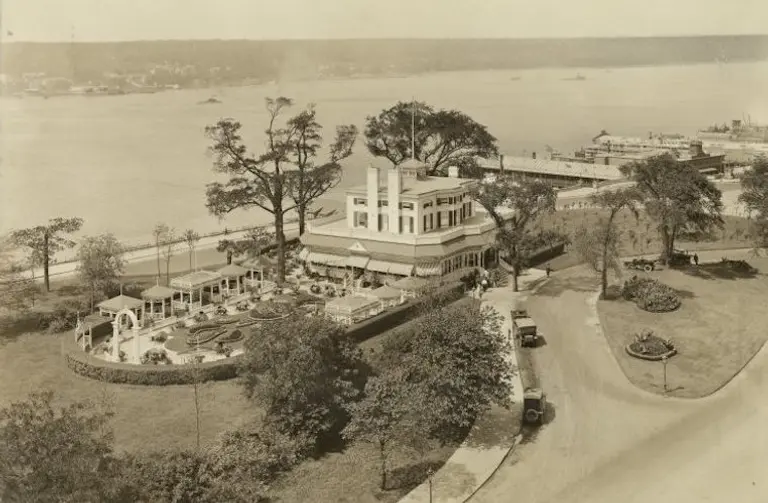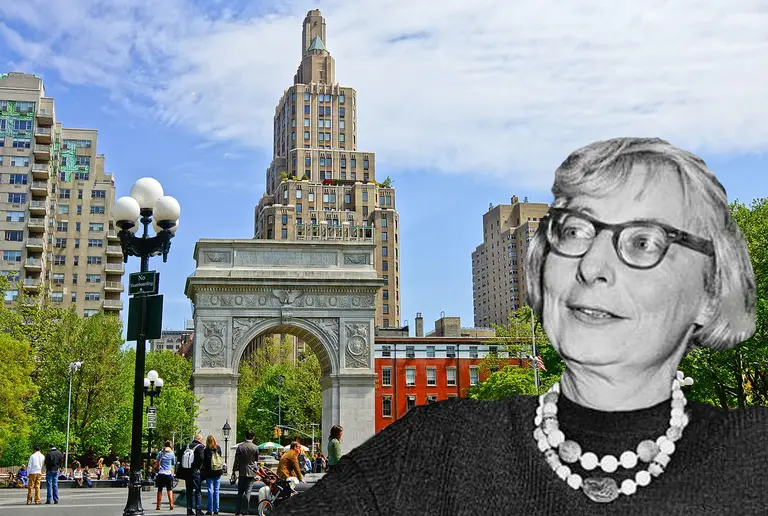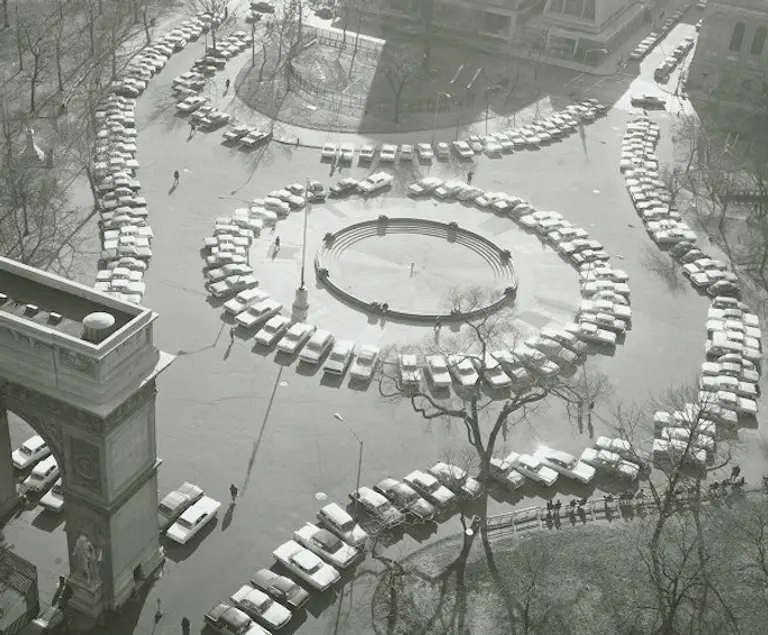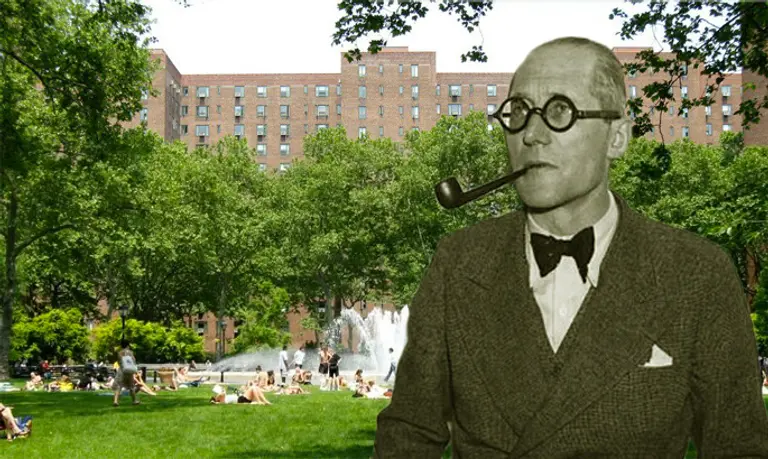Looking back at the Depression-era shanty towns in New York City parks
Lots more history and photos

Irma and Paul Milstein Division of United States History, Local History and Genealogy, The New York Public Library. (1887 – 1964). Parks – Riverside Park – West 122nd Street; Via NYPL Digital Collections

Washington Square Park via Wiki Commons; Jane Jacobs via Wiki Commons

Image via NYU Local
Just in time for LGBT Pride Month, the Landmarks Preservation Commission is looking to designate the Stonewall Inn as a city landmark. [NYT] Looking back at the Theater District’s 1982 Broadway Massacre. [Ephemeral NY] A forthcoming, untitled opera will depict the feud between Robert Moses and Jane Jacobs. [NYO] This map uses NYPD data to show […]

Stuyvesant Town Oval via Marianne O’Leary via photopin cc